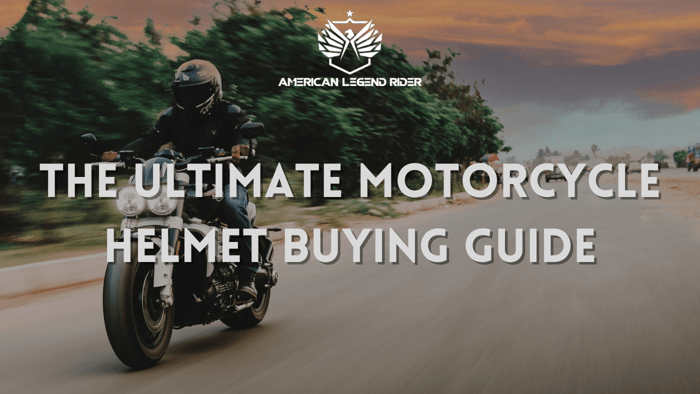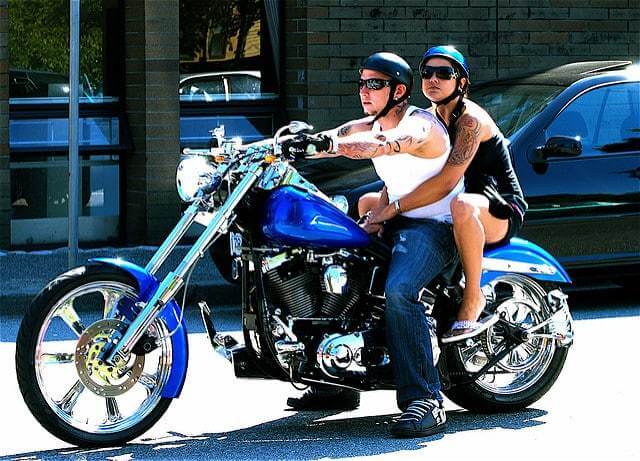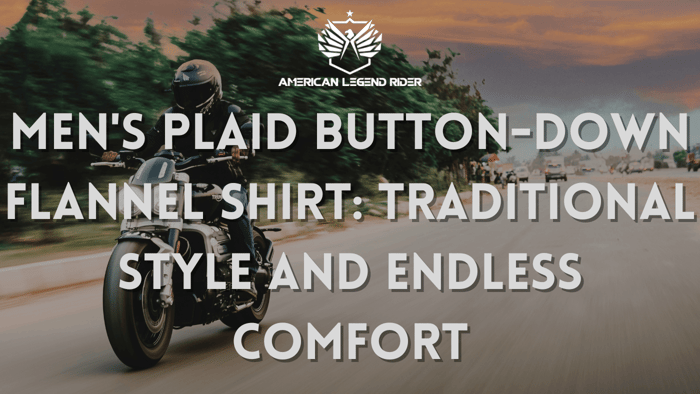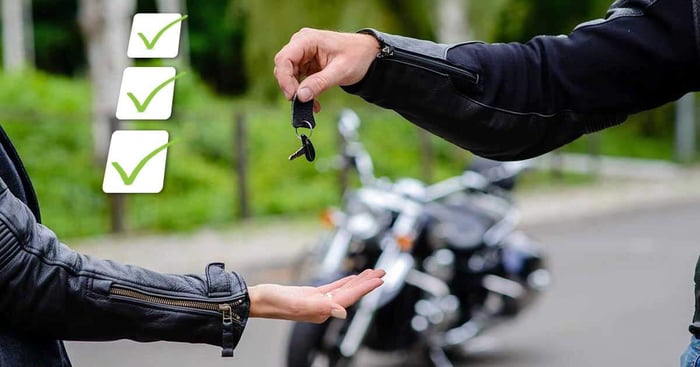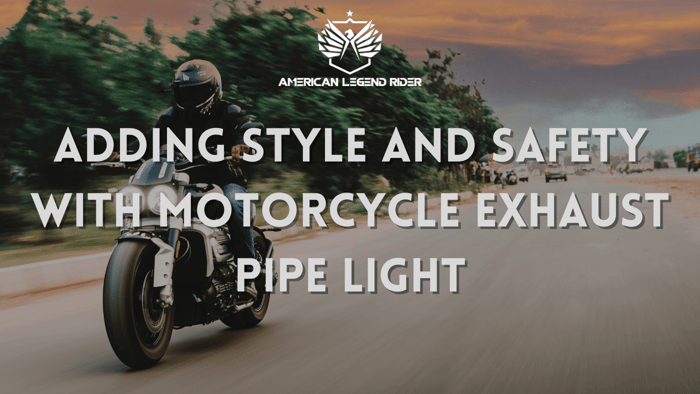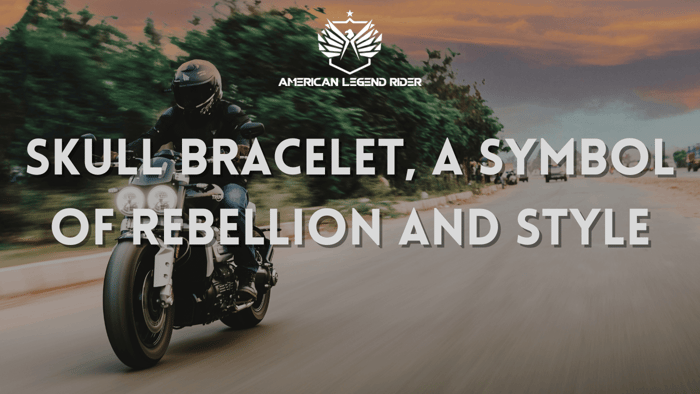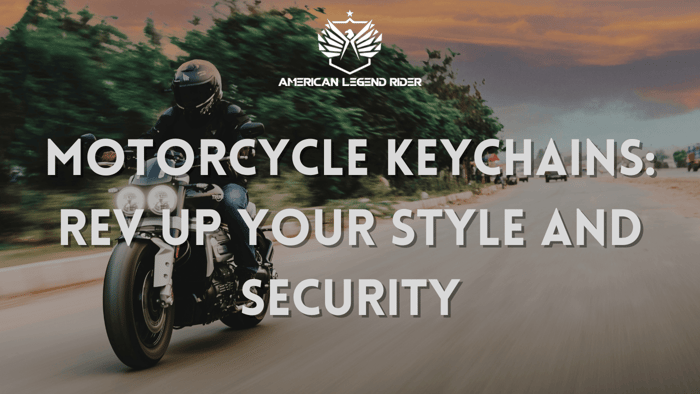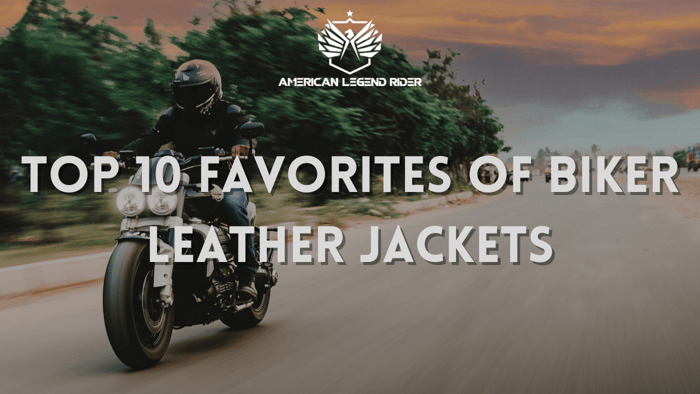If you plan to go on a long motorcycle ride or just ride around town, it's important to wear a motorcycle helmet. In 2019, 41% of fatal injuries in motorcycle accidents were due to riders not wearing helmets. This statistic highlights the seriousness of motorcycle-related deaths, which made up 13% of all motorcycle crashes in 2019.
Wearing a helmet reduces the chances of death by up to 37% while also reducing the risk of serious head injury by 69%. It is even more important that riders wear a helmet owing to the fact that the number of deaths on a motorcycle is nearly 29 times that of cars. If all motorcyclists wore helmets, many lives could have been saved.
Helmets are designed to cushion you against impact during a collision. While a helmet won’t prevent crashes, it certainly helps to protect against serious injuries which could be life-threatening.
Besides providing you with protection, a helmet makes your riding experience more comfortable. It offers wind protection and deflects debris, dirt and dust which would otherwise make your riding unbearable. Remember all the times you’ve had to ride without a helmet on and you end up feeling even more exhausted? A helmet helps reduce rider fatigue and overcome tiredness over the long rides by minimizing exposure to the wind and the sun. A full face motorcycle helmet prevents you from wearing out by streamlining your body against the wind.
Not all helmets are built equal in terms of design and the level of protection they are able to provide in case of an accident. In deciding which is the best helmet for your needs you have to look at several distinguishing factors. In this guide, we provide you with an in-depth look at what counts when choosing your next lid.
What to consider when buying a motorcycle helmet
Today, there are more helmets to choose from than a couple of years ago. While this may seem like a good thing for the consumer, the challenge is always in choosing the best motorcycle helmet for your riding needs. There are in fact, more than a dozen different helmet manufacturers each promising to deliver the best quality helmet. But as we all know, living up to this claims can be a far-fetched dream. That’s why we’ve made it our duty to guide you in making the best buying decision for arguably the most important piece of riding gear.
Safety ratings
A helmet is more than just a decorative lid that you have to wear every time you are grinding the tarmac. It is more often the difference between life and serious injuries or possibly death. When buying your next helmet, the safety ratings of the particular helmet must be considered. Depending on the region you are from, there are different safety ratings that a helmet must pass before it is deliberated as safe. The most common safety standard in the US is DOT certification. Others include BSI, and ECE. If a helmet has any of these approval, then you can rest assured that it is safe and will perform well in case of a crash.
D.O.T-
This is the American standard for safety rating. D.O.T stands for Department of Transportation. DOT approval is given once the helmet meets the set safety standards. The safety considerations for each helmet include penetration resistance, field of vision, and helmet retention. DOT itself does not take the tests to ascertain that the set standards are met, but rather holds the helmet manufacturers responsible for ensuring the helmets adhere to those safety requirements. While many people consider a DOT rating to be the most basic standard for safety, it is still a very reliable metric for ensuring your helmet can protect you in the event of a crash. Usually, a drop test with predetermined heights and penetration tests is used to assess the shell damage while taking into account the g-forces. A ‘pass’ or ‘fail’ is given to each type of helmet.
ECE-
ECE approved helmets are helmets that have passed the Economic Commission for Europe safety tests. This helmet standard is applied to over 50 European countries and it’s the minimum safety requirement for any road-legal motorcycle helmet in Europe. To get approved, a helmet has to pass more stringent tests like shell strength, rider’s field of vision, point impact tests and much more. The tests are carried out on different shaped dummy heads mimicking the human head. ECE has some of the most complex test systems to ensure maximum safety. However, the testing is done once for each test category as opposed to multiple times like other standards.
Snell-
Snell is one of the most trusted and rigorous tests out there. The Snell method of measuring helmet safety has been around since 1957, when the Snell foundation was formed. Snell certified helmets are among the few helmets allowed on the track besides FIA rated race helmets. If you go for a Snell certified helmet, then you can be sure that it has gone through multiple rigorous tests that guarantee safety in a crash. Compared to the other two, Snell is the most rigorous and conclusive test according to many experts. In determining how safe a helmet is, it is put through a series of impact tests with different shaped weighted anvils. A Snell helmet has the lowest g-force transfer compared to the other standards.
Helmet fit
You may have the safest helmet on the planet but without the right fit, it will cost you your life. Fitment is arguably the most important thing to keep in mind whenever you are looking to upgrade your helmet. About 12% of fatal motorcycle accidents result in having a loose helmet. A helmet without proper fitment will come off in a crash, leaving your cranium bare to the ground impact. If your helmet is loose and moving around, it will cause many problems including neck fatigue and tension in the neck.
How to fit a motorcycle helmet
It is important to always try a helmet on when buying a new one. If your helmet doesn’t fit properly, all the safety features will not protect you in a crash. While fitting isn’t an exact science, a proper fit should ensure the helmet is firmly secured in place without gaps or pressure points. Follow these steps on how to fit a motorcycle helmet properly.
- Begin by measuring your head - measure the circumference of your head about an inch above your eyebrows. Do this several times to get accurate measurement. Refer to a fitment chart from the helmet manufacturer/brand and select the helmet closest to your size. Consider the general shape of your head. This is very important for perfect fit. Is your head round, egg-shaped, oval or reverse-egg shape? If the size of your head fall in between two sizes, choose the smaller helmet size.
- Try on the helmet by pulling on the chinstrap.
- Begin by putting the largest part of your head in. ideally, start from the back of your head, and then try pulling on the helmet over the front of your head. This is the best way to wear a helmet without struggling to fit it in. You may find a helmet you thought to be smaller actually fits in perfectly when you start by wearing from the back to front of the head.
You want the inner helmet lining to fit snugly around your head. The helmets top pad should press the front of your head gently without causing pressure points. The brow lining should also align with your brow and cheek pads should be touching your cheeks. Make sure that there are no gaps between the lining and your brow. Your fingers should not fit in easily between your head and the helmet. With time, foam will compress and leave gaps that may reduce the helmet’s effectiveness. The helmet should not slide or move from side to side.
Finally, take your time testing your preferred helmet. It should feel comfortable and snug, without pressing too much against your head.
A helmet is a crucial safety investment that you should take very seriously. A helmet’s life is about 3-5 years depending on how often you use it. Its most important job is to protect your from harsh weather conditions and keep you safe in an accident.
Ventilation
Hot weather can make for an uncomfortable riding experience if your helmet lacks proper vents. Ventilation is one of those things that most riders tend to forget when shopping for a motorcycle helmet. The heat that builds up in your helmet can be stifling. Having a well-ventilated helmet is an absolute necessity. Certain types of helmets have a well-optimized ventilation system to allow free air flow. For instance, helmets labeled ‘sport’ or ‘racing’ usually have more vents. But having more vents does not always mean more ventilation or airflow. Keep this in mind when selecting your next motorcycle helmet.
Aerodynamics
Aerodynamics is an important factor to consider especially if you often find yourself on long and fast rides. Aerodynamic helmets help reduce drag and air resistance for a streamlined flow of air. This reduces buffeting and makes your riding experience more comfortable. Less buffeting also means less wind noise, and less fatigue.
Style, Color and Design
There are different types of motorcycle helmets to choose from including full face helmets, half helmets, modular helmets and open face helmets. Full face helmets are the most common type as they are usually safer and provide more coverage. They are perfect for long rides and road trips.
While helmet color boils down to personal preference, a more visible helmet is always a good option. It will get you noticed on the road and in traffic keeping you safe. Most accidents happen when drivers pull out from road side and accidentally hit riders because they didn’t see them.
Removable liners
Removable liners are nice features to keep in mind when buying a new helmet. It is obvious from all your riding, dirt, sweat and dust will accumulate inside your helmet. Having the ability to remove the pads and linings in order to clean them will make your riding more hygienic and pleasant.
Type of bike you ride
Finally, you may want to consider the type of motorcycle you ride when considering all the available options. If you ride a traditional motorcycle or a cruiser, a full face helmet is the best optimized helmet for your needs. More aggressive helmet styles go along with sport racing bikes. The safety and comfort aspects of each helmet should be your guiding principles when making any sort of helmet purchase.
A helmet is one of the most important investments you can make for your safety and comfort. Following these guidelines will help you buy the best motorcycle helmet for your riding needs. Do not hesitate to add your own ideas in the comment section below.
